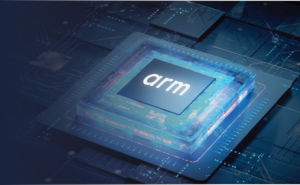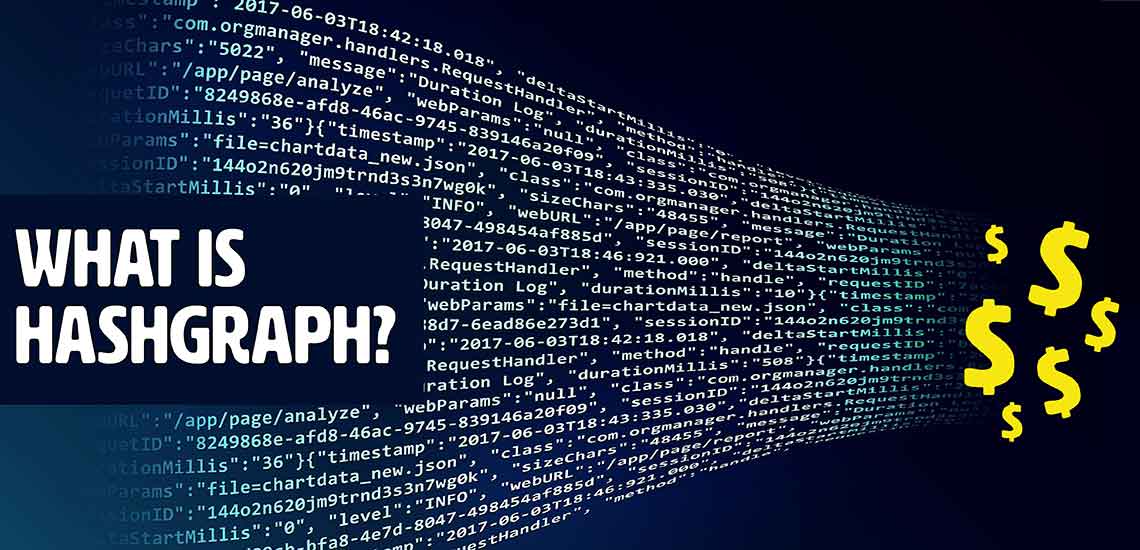Many of us are already familiar with the term Blockchain. As we’ve mentioned before in a previous blog post, Blockchain is the ledger technology behind Bitcoin and Blockchain has become a big buzzword on the Internet. However, a new ledger technology is making waves in the news, painted as the next big thing in ledger technology that will overtake Blockchain. So who’s the new player in the ledger technology field? Today, we’re introducing you to Hashgraph and giving you a brief and simplified explanation as to what it is.
What is Hashgraph?
Hashgraph has been advertised as the “better, faster, more secure” alternative to Blockchain technology. Developed by the company Swirlds, Hashgraph is a consensus, algorithm-based distributed ledger technology that allows for fairer, safer and quicker transactions using two particular protocols. According to Swirlds, Hashgraph is the only bank-grade consensus technology on the market and offers three particular advantages. These advantages of Hashgraph include:
- Speed – Processes 250,000+ transactions per second
- Fairness – Uses consensus time stamping for fairness
- Security – Incorporates asynchronous byzantine fault-tolerant to secure transactions
How Does Hashgraph Work?
So how does Hashgraph exactly work? Hashgraph uses the Gossip About Gossip and Virtual Voting protocols for transactions. The Gossip protocol is when nodes quickly pass along information to other nodes, or information is “gossiped” to each node. Virtual Voting is essentially voting on consensus to validate the transactions taking place within a network. Both Blockchain and Hashgraph allow users to create transactions; however, the way in which they approach transactions is a bit different.
In general, when a transaction is created, the information is contained within a “node” or “block”. When it comes to Blockchain technology, a chain of nodes/blocks is created as transactions occur throughout the network and the nodes/blocks are updated simultaneously as new information becomes available. The transactions are tracked through a ledger, which keeps a log of the transactions that occur. The nodes/blocks are timestamped and can be discarded by individuals when passed along through the network. There is no consensus voting in Blockchain technology.
Hashgraph works a little bit differently because Hashgraph does not allow any of the nodes/blocks to be discarded and no single user can change the information within the node/block. Every node/block contains information that can quickly spread to newly-created nodes/blocks (transactions), to added nodes/blocks and etc. In the end, all of the nodes/blocks have the information from the original node/block (gossip protocol) to create a hashgraph and uses time-stamping throughout the network. On top of that, the virtual voting protocol verifies the validity of the succession of transactions using a two-thirds rule where two-thirds of the network has to make the decision for it to be fair. Therefore, there must be a consensus vote. Once a consensus vote is reached, the vote cannot be changed thanks to the Byzantine fault-tolerant.
Will Hashgraph Overtake Blockchain?
Everyone is not immediately hopping on the Hashgraph wagon. There are some that still tout Blockchain as the leading ledger technology and Hashgraph still has some ways to go before “overthrowing” Blockchain. Hashgraph is currently being used in smaller, private settings rather than public settings like Blockchain. Since it is being used in a private setting rather than a public setting, it’s hard to say whether Hashgraph will prevail over Blockchain if that is even a concern. However, it will be interesting to see how these two play out when or if Hashgraph becomes open source and is used in a public setting!
To learn about Hashgraph in more detail, please refer to the Hashgraph whitepaper.






